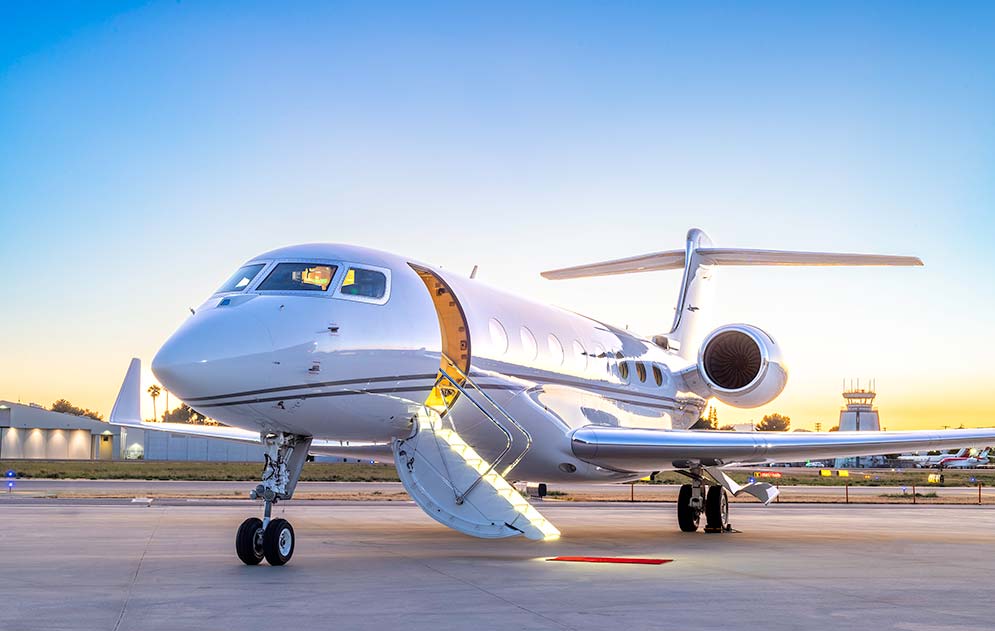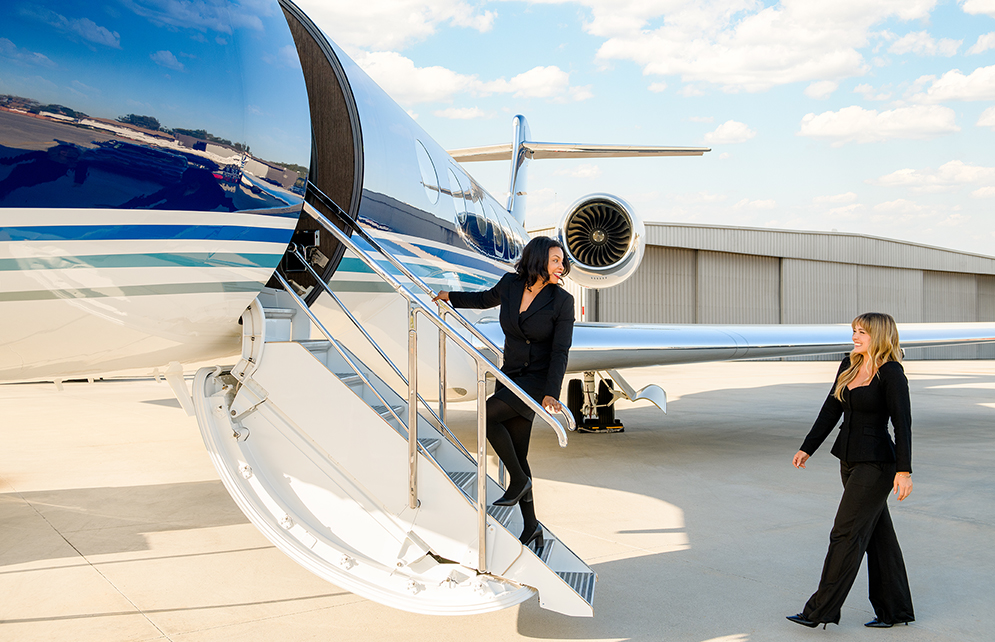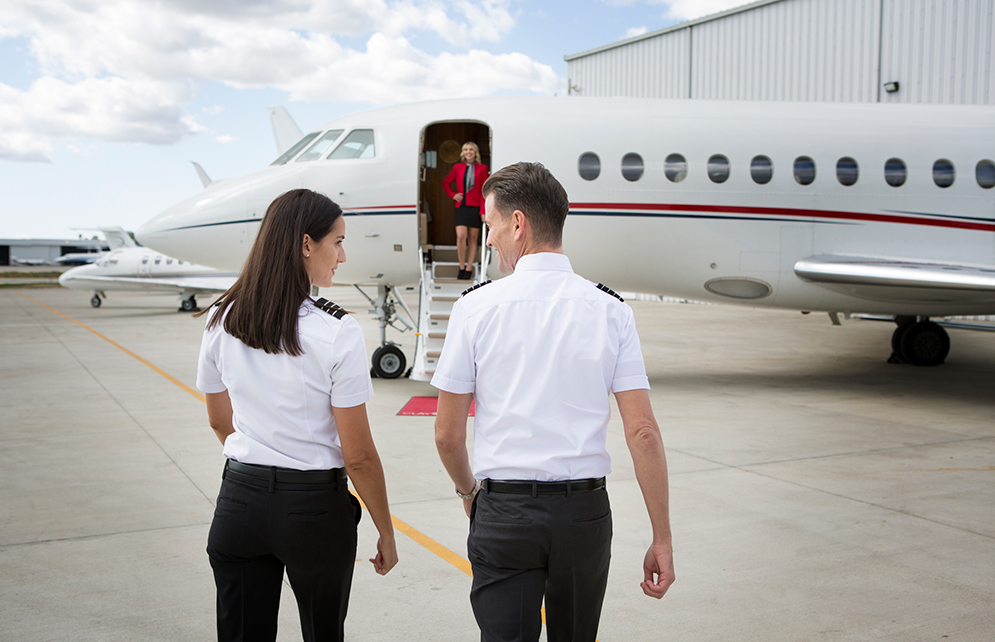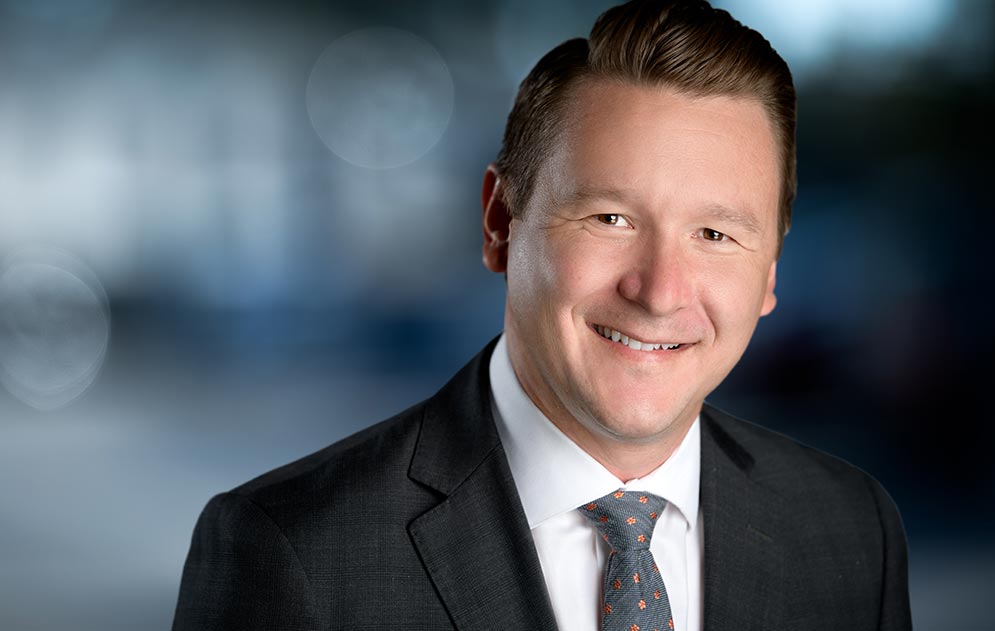
Reducing Business Jet Operating Costs? Here are the Highest Margins from Charter
When making a large capital purchase, many aircraft owners will factor charter revenue to make sense of the purchase and help manage the business jet operating costs. Undenounced, they often won’t discover the nuances until they own the aircraft and learn as they go. What if that owner had better information and a decision criteria to make the best decision? Let’s get into it before discovering which aircraft have the best charter margins.
Thirty years ago, the new Gulfstream GIV rolled off the line and was considered the epitome of luxury in private jet travel. The GIV was the largest, fastest, most luxurious private jet flying of that time. And in the charter market, an hour of flight on a GIV was at the top of the market at approximately $5,000.
Skip to today, the GIV and its variants total 523 aircraft produced and many are nearing their final ownership cycle. This incredible platform is being replaced by the G450, G500, and for longer range and larger cabin options, the G550, G600 and G650, G700 and G800. Yet there are still over 459 GIVs flying (172 on charter 37%), and priced between $5,500-$6,000 per hour. Yes, nearly the same price 30 years later.
Shouldn’t inflation alone drive the price per hour up? It seems logical to most, the rate would increase commensurate with cost and be passed along to the consumer. As you will see, that’s not the case with the GIV and many other models over the past 30 years, and here is why.

Business Jet Charter Supply & Demand
Where supply is access to an aircraft and demand is the willing charter customer, those two meet at the equilibrium price. More alternatives exist today with 3,522 aircraft on the charter market (from 644 companies) which is more than double the number of aircraft available to charter 30 years ago.
With the long lifecycles of an aircraft and high rates of OEM production, the fleet has and is expected to continue growing. Fleet totals have doubled (100% growth) while interestingly the use flights grew at a slower rate (40%) in that same time. Meaning an aircraft is technically flying less individually as the fleet grows. Excesses in supply have the effect of suppressing price and with more aircraft being produced, new and modern aircraft alternatives keep pricing relatively low.
Demand and size of the current charter market is estimated at $30 billion dollars per year. The common user is the U.S. UHNWI (more than $30M in estimated wealth) accounting for 225,465 individuals in 2024 which doubled since 2017 as wealth creation and post-COVID flying drove business aviation.
Democratized solutions have also created new ways to access business aviation. Even though wealth creation has soared in recent years, the access points for using business aviation have also flourished: fractional, jetcards and memberships – and since 2008 – per-seat models, app-based access and empty-leg optimizing.
Direct Private Jet Operating Costs
Charter prices are driven by several factors and logically, the largest cost component is fuel. In 1995 the average cost of Jet-A was $.50/USG. In early 2025, Jet-A is $2.39/USG. Surely fuel cost increases should inflate pricing? They haven’t and neither has increasing crew compensation, maintenance lifecycle costs and other factors.
Based on the $.50/gal fuel price, the average hourly direct business jet operating cost of a GIV was approximately $1,000. So if the charter rate was $5,500, the aircraft provided an overall gross profit margin of $4,500 per hour. While that was fantastic – and this is important if you’re unfamiliar with the aircraft total ownership lifecycle cost – in most cases, it was not enough to cover the sum of variable, fixed and capital expenses.
Today, based on current pricing for fuel and maintenance, variable private jet operating cost to operate a GIV is about $4,500 per hour, yielding a gross profit margin of about $1,000 and is at tipping point where cost and benefit of chartering your GIV become imbalanced (due to incremental costs of keeping FAR Part 135 standards for crew, aircraft and maintenance).
Most aircraft under warranty offer an effect of reducing the program, parts and maintenance expenses by 15-20%, which is where one can create the lowest direct business jet operating costs and highest margins. With all factors adjusted for charter, it could even provide modest positive cashflow for 12-24 months.
This is where some claim they built a program to bring profit from aircraft ownership. It is nonsense and context matters. You could also go to a casino, win a few hands, lose a few hands to come out no better than you started. “It was profitable!” within that 15-minute window of winning, not in totality. When owning an aircraft, one should look at the entire ownership journey, from purchase, operation and divesting.

Charter as a Cost Offset
So what can we make of this? For the individual who is thinking about buying an aircraft and looking to charter as a business jet cost offset, it is important to consider the overall contribution after expense. A lower purchase price aircraft may seem like a great value, but if its cost of operation and desirability in the charter market results in little margin per hour of flying, it doesn’t accomplish what you’re after.
The best aircraft that provide a reasonable return through charter are the ones where the fixed costs can be recovered through 200 hours or less of charter. With a little analysis, you can also find the perfect plane for both your own use and to provide a reasonable offset through charter.
The business jets with the highest contribution margin will now depend more on factors around supply, demand and cost. Not aircraft type alone. Clay Lacy Aviation designed an owner cost simulation tool that considers more than 75 factors to create cost modeling and long term forecasting of aircraft ownership.
Contact us here to have one of our aircraft management experts run the simulation with you. Considering the above factors, some of the best margin producing charter aircraft are and in no particular order: (Gulfstream) G650ER, G600, G500, (Bombardier) GL6500, CL3500 (Dassault) Falcon 2000LXS, Falcon 900LXS, (Embraer) Legacy 650, Praetor 600/500, Phenom 300, (Citation) Longitude, Sovereign+.
For more information or to discuss the latest market trends and how to offset your operating expenses through charter revenue, contact Clay Lacy.
ABOUT THE AUTHOR
Joe Barber is the Chief Commercial Officer of Clay Lacy Aviation. With over 10 years at the company, his range of knowledge comes from having worked in many facets of the business, including charter sales and aircraft management.


